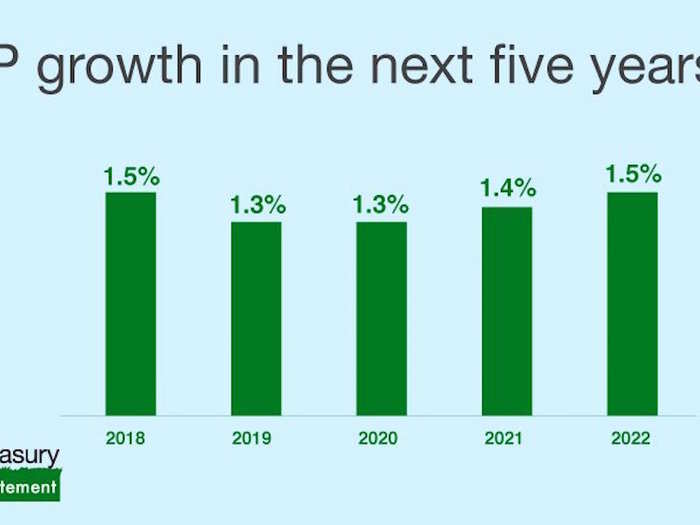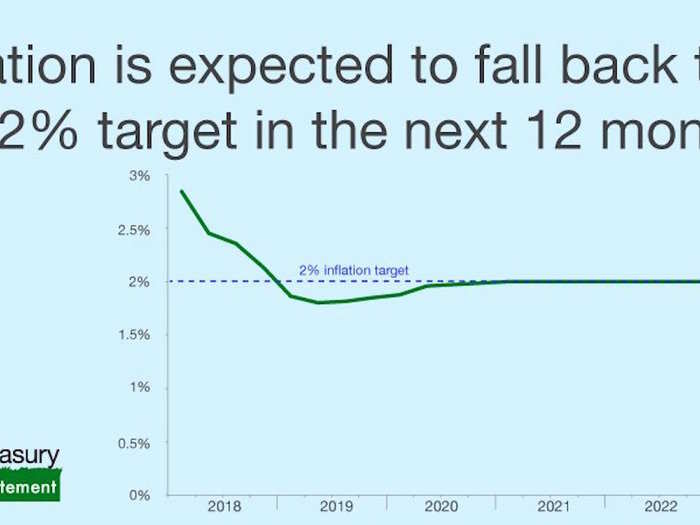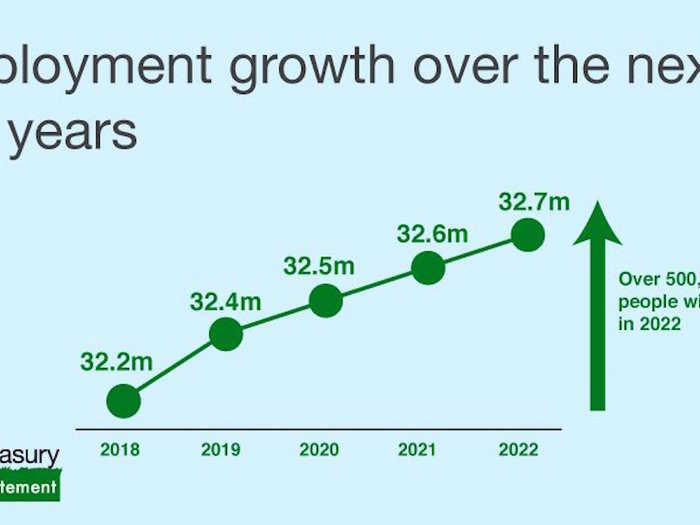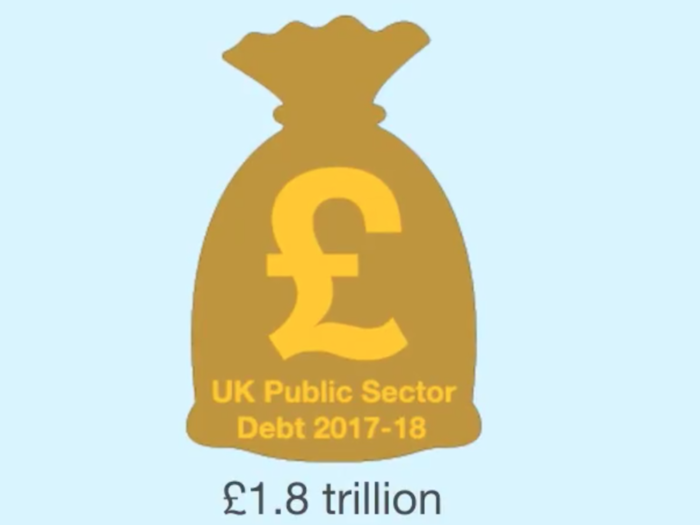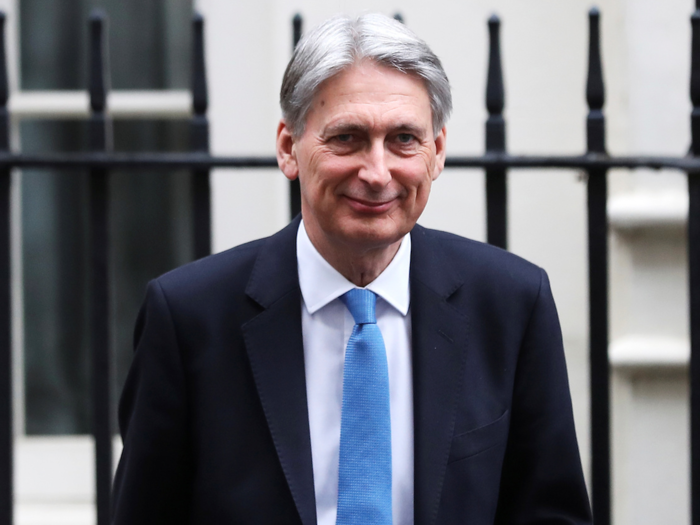5 charts from the Spring statement show the UK economy is doing better than expected
1. Hammond's nickname in Cabinet is Eeyore, but he said he was "Tigger-ish" about new and improved growth figures. The UK economy is set to grow faster than expected next year — the OBR's forecast GDP growth for 2018 has picked up from 1.4% to 1.5%.
Popular Right Now
Popular Keywords
Advertisement

